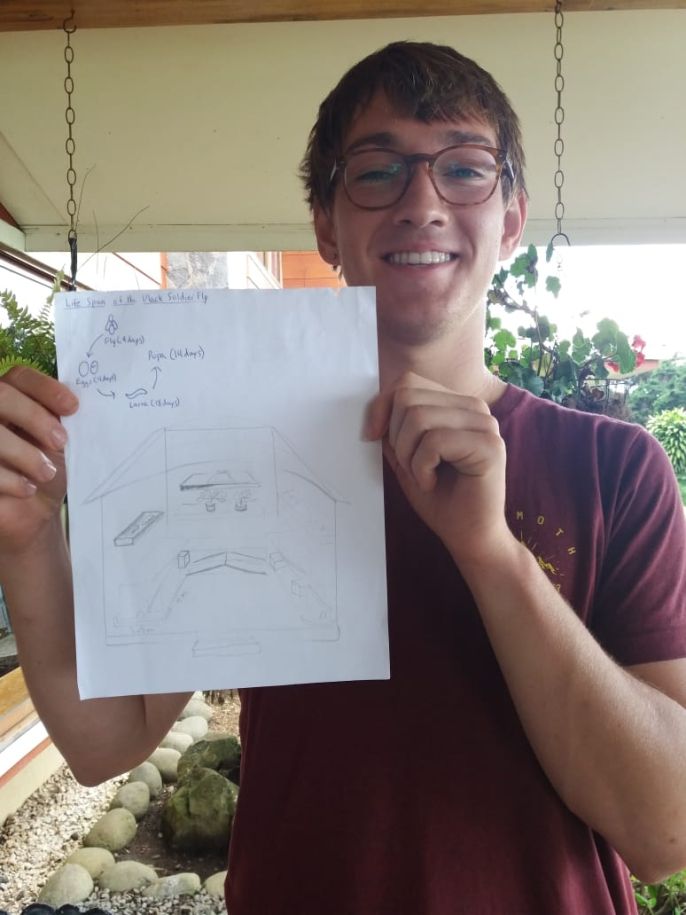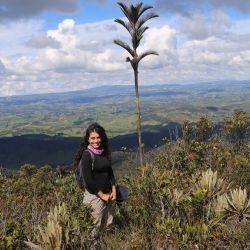Sustainable waste management for manure in a Monteverde dairy farm
Written by Jack Mahr (Pacific Lutheran University), Internship on Sustainability and the Environment.
With over 80 hectares, most of which is a primary forest, this Finca Laguna Verde does a fantastic job of sequestering carbon and preserving biodiversity. The few hectares devoted to dairy farming, however, pose a threat to the surrounding watersheds. In hilly landscapes frequented with tormentous weather, simply depositing manure back into the fields as fertilizer is not sustainable as it leaks into watersheds. As climate change actualizes more and more each season, with it will come stronger rains. When Finca Laguna Verde partnered with CIEE for this internship, they were looking to both do their part in fighting climate change and also manage their waste more efficiently and sustainably. It is my belief, and now experience, that when we look to the cycles of nature, sustainability and efficiency can be the same.
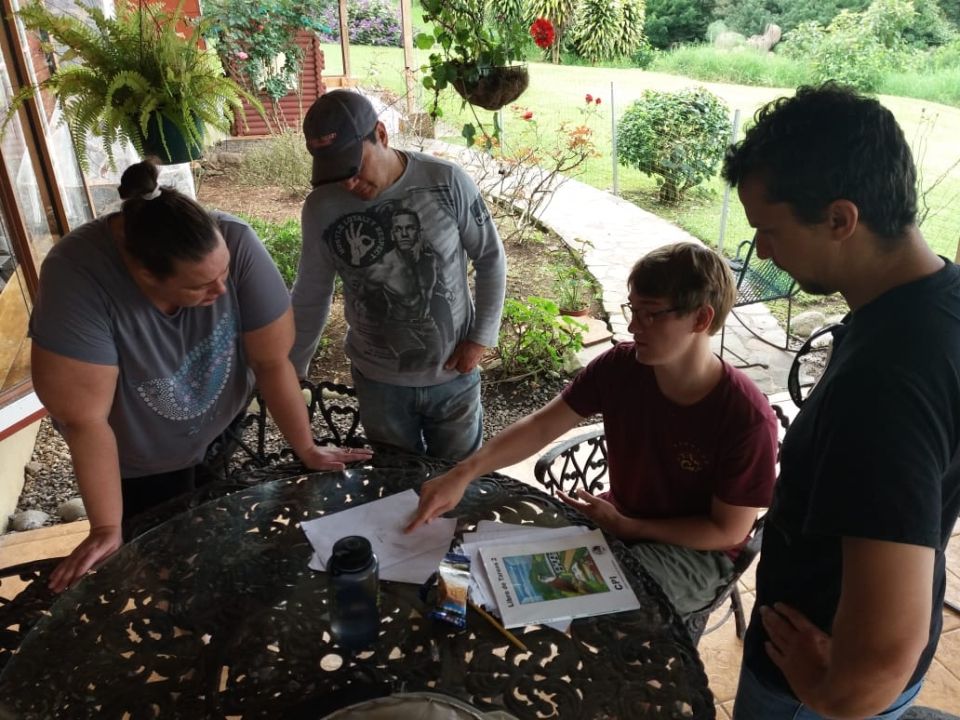
This internship in Sustainable Waste Management was overseen and coordinated by my supervisor, Sarah Stuckey. I spent the first week of this month-long internship with Sarah, getting to know the farm, its culture, needs, and goals. As a part of their transition from conventional farming to more sustainable and resilient farming, they are aiming to replace chemical fertilizer with organic, continue their implementation of pasture rotating, broaden their variety of crops, and also sequester more C02. This first week helped structure my research for waste management systems.
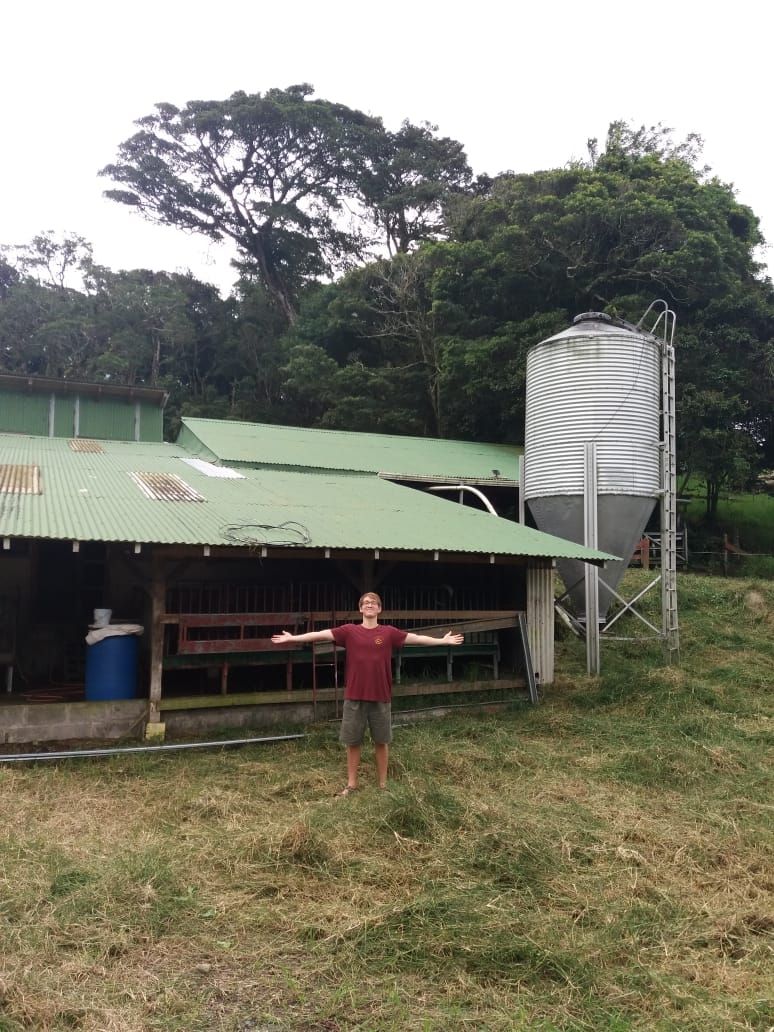
As it was my job to evaluate and quantify the organic waste being generated in the milking area and then design and implement a system capable of transforming that waste into organic fertilizer, first I had to measure some poop. On average, 36 cows spend 5 hours a day in the barn and produce an average of 130 kilograms of manure. After a few more days of research, I was ready to begin designing a system that will save the farm money, reduce emissions 47 times more efficiently than composting, and also process all 130 kilograms.
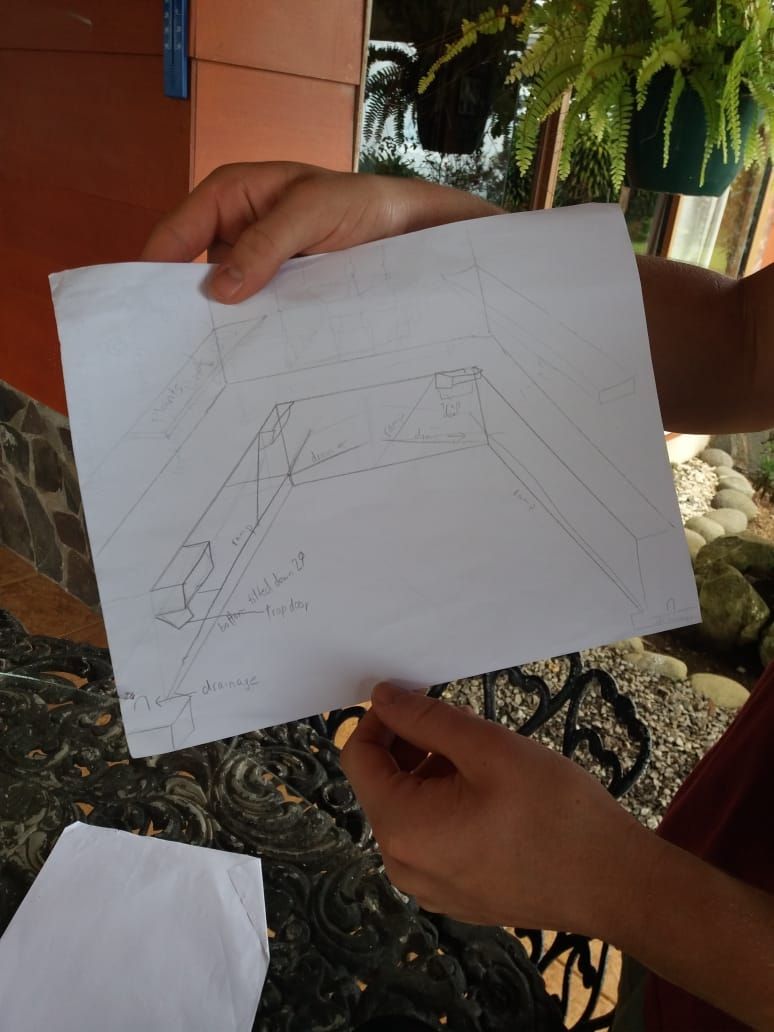
Black Soldier Fly larvae will eat almost any organic material. They are a non-pest, meaning they do not sting or bite. They spend the 7 days of their adult life searching for a smelly place near a potential food source to lay eggs. Approximately 3,000 to 6,000 larvae can eat up to 2 kilograms of manure a day. This practice, of feeding larvae manure indoors and creating a self-sustaining population and food processor, is becoming very popular for small developing farms all over the world. 6,000 larvae take up less than half a cubic meter of space, including the biowaste. Even better, the larvae, now full of biomass and converted greenhouse gases, can be extracted from the enclosed system and used as livestock, or even human feed. These larvae are 40% protein and 30% fat and will now substitute feed and save costs.
Weeks 2,3 and 4 were spent designing and constructing a small, sealed off building to house the bugs. Mostly, this involved carrying buckets of sand and rock from one pile to another to be mixed with cement. This building will survive more than climate change. Sarah hired a professional builder and enlisted a few farmhands to help us with the construction. While I learned a lot about waste management, I feel I have advanced much further in basic construction. Leveling and measuring lines, angling the floors with a 2-degree drop for drainage, sawing sheet metal, etc.
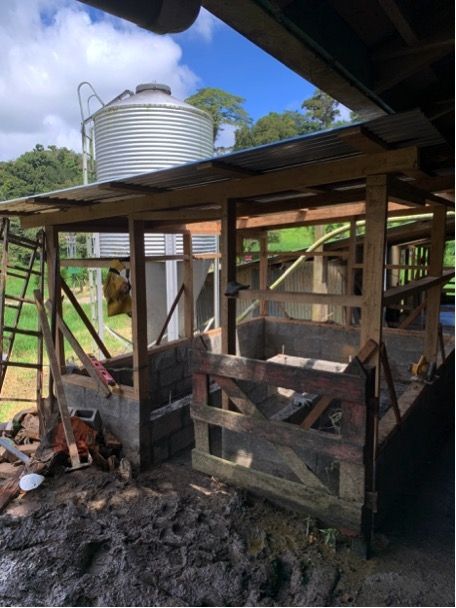
As a final system overview, two wheelbarrows of waste a day (130kg) will need to be transported all but five feet from the milk barn to the bug barn and then deposited in the larvae troughs. As the larvae mature, they will crawl up built-in ramps toward the light. The larvae will fall from the top of the ramps into bins attached below. From this point, the farmers will either take the larvae as livestock or place them on a shelf and allow them to reproduce and continue their population. To have an idea become a working and sustainable system, covered in squirming bugs, has been one of the best accomplishments of my life!
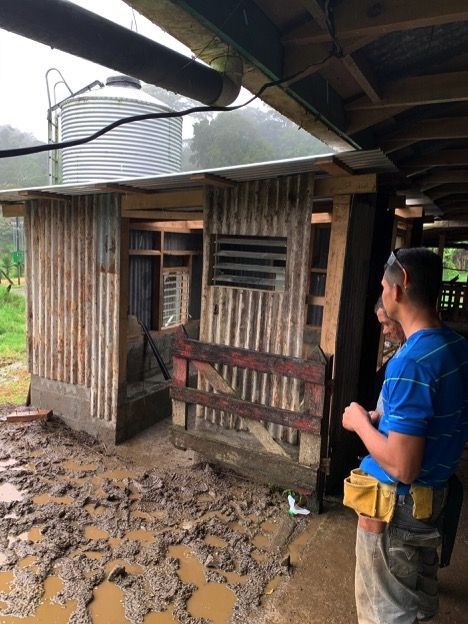
Related Posts
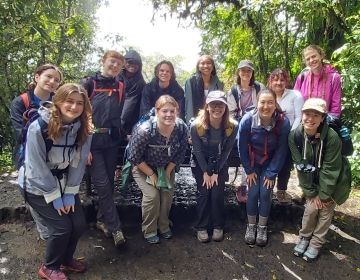
Happy Earth Day: Today and Every Day
Happy Earth Day! Every April 22, this global event comes around to remind us how precious our planet is, what sustainable efforts we can make to protect Earth, and that... keep reading

Costa Rica vs. Argentina: Which is Better for Study Abroad?
Imagine yourself sipping mate in a bustling Buenos Aires café or lounging peacefully in a hammock overlooking Costa Rica's lush rainforests. These contrasting scenes represent just a glimpse of the... keep reading

Top 10 Study Abroad Volunteer Opportunities with CIEE
Have you ever wondered if you could volunteer abroad? Perhaps you're looking into study abroad programs that provide international volunteer opportunities. If you’re itching to study abroad and truly make... keep reading
